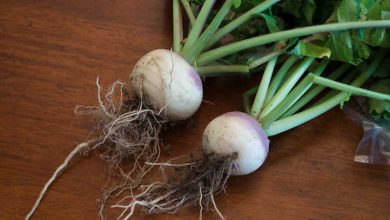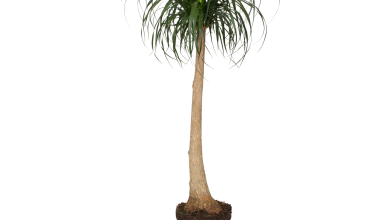Beach Poppy: [Cultivation, Irrigation, Care, Pests and Diseases]
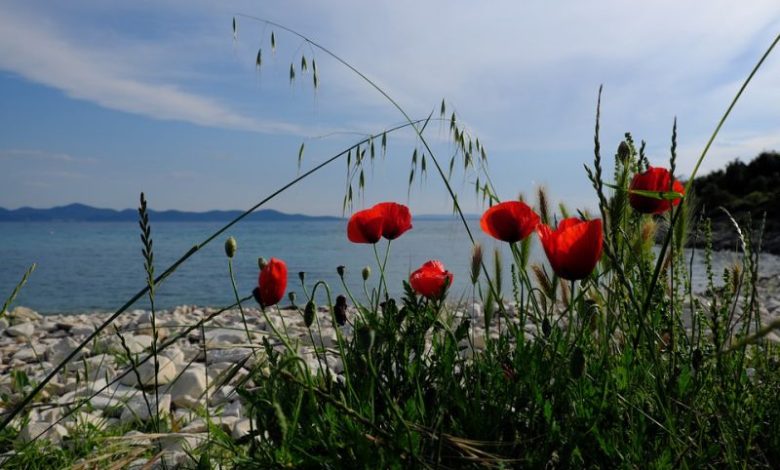
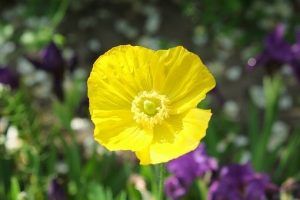 The beach poppy is a plant of the Papaveraceae family, which is distributed along the coasts of Europe, Southwest Asia and Northeast Africa. However, its cultivation has spread to other countries of the world.
The beach poppy is a plant of the Papaveraceae family, which is distributed along the coasts of Europe, Southwest Asia and Northeast Africa. However, its cultivation has spread to other countries of the world.
Due to its characteristic yellow flower, this poppy is often used as an ornamental plant in beach gardens as well as in the restoration of coastal areas.
The beach poppy contains alkaloids. One of them, glaucine, is used medically to treat cough. However, it can cause side effects such as sedation, fatigue, and hallucinogenic effects.
Currently it has been classified as a recreational drug. In fact, in some parts of the world its cultivation is prohibited.
Important points when planting beach poppy:
- Scientific name: Glaucium flavum.
- Common name: Beach poppy, glaucius, sea poppy, crazy poppy, sea poppy.
- Height: 10 to 60 centimeters.
- Light requirement: Direct exposure.
- Temperature: Temperate climate (5ºC and 20ºC).
- Irrigation: Low and moderate.
- Fertilizer: Organic fertilizer, humus.
What characteristics does the beach poppy have?
Also known as sea poppy, it is a herbaceous, non-woody plant that is characterized by its showy yellow flowers. It is classified as a perennial plant but can live from 2 to 5 years.
Glaucium flavum has branched stems that can measure 30 to 90 cm. Basal leaves sprout from these, fleshy, divided, serrated and fluffy, pale green.

The flowers are large, solitary, made up of 4 obovate petals, with an orange spot at the base. They bloom during spring, summer and fall. The fruit is a capsule of 20 to 30 cm. Inside it contains numerous black, kidney-shaped seeds, which are collected when they have not yet matured.
When to plant the beach poppy?
Beach poppy can be direct sown in early spring or fall. It is possible to take advantage of the seasons in which the availability of water in the ground is high, or after the start of the rainy season.
To grow indoors, it is recommended to start the process 10 to 12 weeks before the last frost, keeping the seeds at temperatures between 0ºC and 5ºC for 3 to 4 weeks.
In general, it can be grown at low temperatures in the autumn and winter periods, to break the dormancy of the seed with cold and humid conditions.
Where to plant the beach poppy?
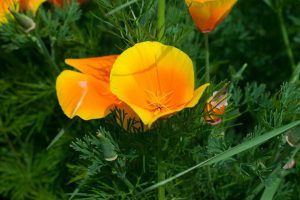 The sea poppy generally grows in the disturbed areas of the beaches, where there are light and sandy, clayey and heavy soils. It can be found in regions with altitude less than 700 meters above sea level.
The sea poppy generally grows in the disturbed areas of the beaches, where there are light and sandy, clayey and heavy soils. It can be found in regions with altitude less than 700 meters above sea level.
Specifically, this plant prefers dry or moist soils, with rocks, gravel and coastal sand, with good drainage.
Regarding the pH, it can grow in neutral and moderately alkaline soils, from 6.6 to 7.8. Due to its characteristics, it is recommended to grow it in flower borders resistant to drought, in beach locations, in informal gravel or wild gardens; always outside.
How to prepare the land?
The beach poppy has no particular requirements regarding the preparation of the land. However, if the soil is very poor, before planting, 3 or 5 centimeters of organic fertilizer should be added to the substrate. In this way the soil will be ready for cultivation.

On the other hand, it is very important to ensure that the soil drains perfectly, as the beach poppy does not tolerate waterlogging.
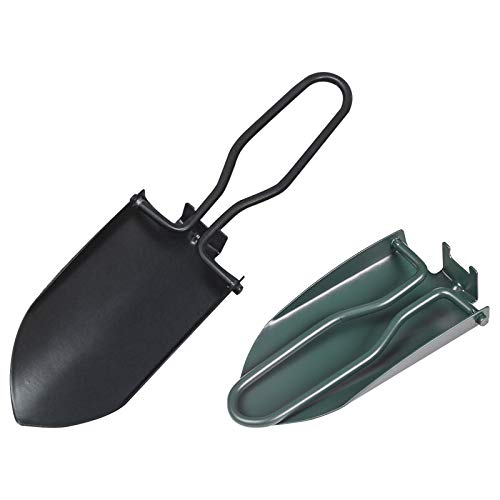
How do we water the beach poppy?
Beach poppy watering is done on a regular basis, especially when it is just established, or during the summer. It can be moderately irrigated by mechanical means, such as sprinklers, or by manual means. However, it is important to avoid standing water at all costs.

How often do we water the beach poppy?
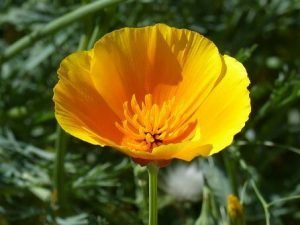 It is recommended to water it regularly, 2 or 3 times a week during the summer and hot seasons. On the contrary, irrigation should be reduced during the winter and in the rainy season.
It is recommended to water it regularly, 2 or 3 times a week during the summer and hot seasons. On the contrary, irrigation should be reduced during the winter and in the rainy season.
If it is in a pot, it is recommended to water thoroughly every 4 to 6 weeks. This technique will allow the roots to stay moist evenly.
How to plant a beach poppy step by step?
The cultivation of the beach poppy is done by means of seeds. It can be propagated by direct seeding or with cold stratification. However, this last procedure is neither essential nor absolutely necessary.
By cold stratification
- Place the seeds in a container with moist substrate, at a temperature of 0ºC to 15ºC for a period of 2 or 3 weeks.
- As soon as the seedlings are large enough, put them in individual pots and let them grow in a greenhouse until they spend their first winter.
It is important to be patient and not to discard the seeds, as they can take a long time to germinate.
direct sowing
- Plant the poppy seeds in a clay and sandy substrate in full sun, 5 millimeters deep. Cover them with a thin layer of sand. Space them 50 or 60 centimeters apart.
- The seeds should germinate within 6 to 12 weeks. If they do not sprout, they can be placed in the refrigerator for stratification for a period of 4 weeks.
- Water frequently and moderately until the plant is established.
What care does the beach poppy need?
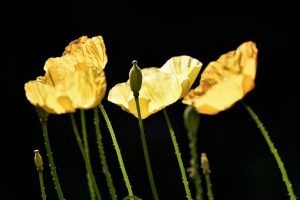 The beach poppy is a plant that tolerates droughts, is resistant to frost, and also to maritime exposure.
The beach poppy is a plant that tolerates droughts, is resistant to frost, and also to maritime exposure.
It should always be planted in sunny places because it never grows in the shade.It is important to handle it with care due to the toxicity of the roots.
Prolonged contact can cause skin irritation, so wear gloves and wash hands after handling. On the other hand, the beach poppy is sensitive to transplanting, so it is preferable to plant it in its final place from the beginning.
What pests and diseases affect the beach poppy?
Beach poppy is generally free from pests and diseases. However, excess moisture in the soil can lead to plant rot.
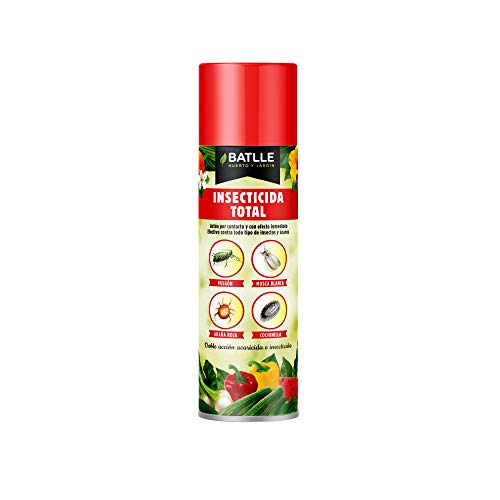
verticillium wilt
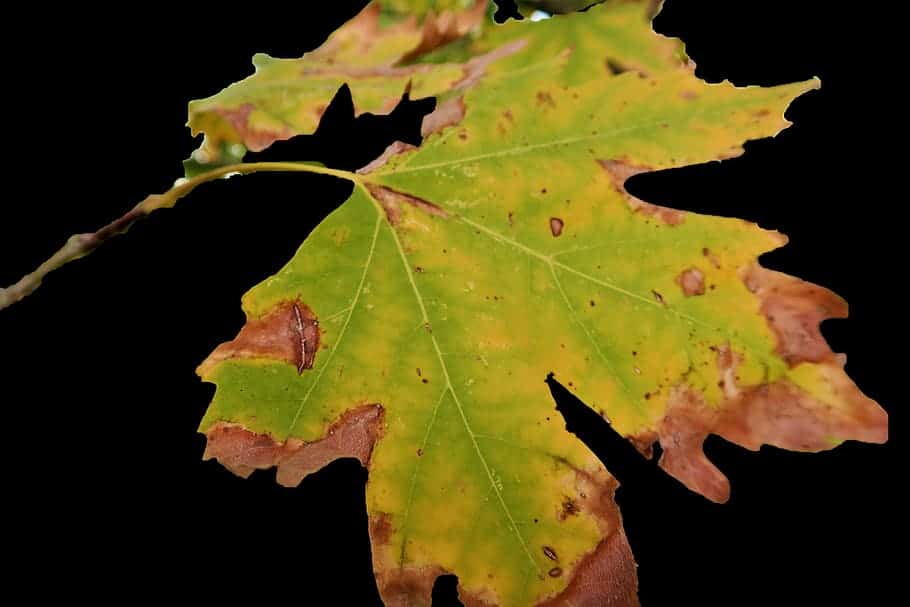 Verticillium or Verticillium wilt is a common soil fungus that thrives in temperate climates around the world and can be present in the soil for decades.
Verticillium or Verticillium wilt is a common soil fungus that thrives in temperate climates around the world and can be present in the soil for decades.
Verticillium wilt overwinters in the soil as dormant mycelium or tiny dormant black structures called microsclerotia, waiting for favorable conditions to return.
They enter damaged plant tissue through the roots and multiply. Many common weeds, such as dandelions and weeds, can be Verticillium host species.
Verticillium wilt is a disease that affects more than 350 species of eudicolous plants. It is caused by six species of Verticillium fungi: Verticillium dahliae, Verticillium albo-atrum, Verticillium longisporum, Verticillium nubilum, Verticillium theobromae, and Verticillium tricorpus.
Many plants with significant economic weight are susceptible, such as cotton, tomatoes, potatoes, oilseed rape, aubergines, peppers, and ornamental plants, as well as others in natural vegetation communities.
Many species and cultivars of eudicots are resistant to the disease, and all monocots, gymnosperms, and ferns are immune. To know more: Verticillium wilt in the Orchard: What is it? How do we identify it?
References
- http://static.malaga.es/malaga/subidas/archivos/7/5/arc_265257_v2.pdf
- http://www.juntadeandalucia.es/medioambiente/portal_web/feader/publicaciones/plantas_del_mes/albardinal/albardinal_abril_2016.pdf
- https://www.researchgate.net/publication/290937709_MANUAL_PARA_LA_PROPAGACION_DE_PLANTAS_AUTOCTONAS_MEDITERRANEAS_SELECCIONADAS
- https://www.selectseeds.com/all-items/horned_poppy_burnt_orange_seeds.aspx
- https://www.growplants.org/growing/glaucium-flavum
- https://pfaf.org/user/plant.aspx?LatinName=Glaucium+flavum
- https://www.rhs.org.uk/Plants/8033/Glaucium-flavum/Details
- http://www.juntadeandalucia.es/medioambiente/portal_web/feader/publicaciones/plantas_del_mes/albardinal/albardinal_abril_2016.pdf
- https://repository.unad.edu.co/bitstream/handle/10596/12438/2986803.pdf?sequence=1&isAllowed=y
- http://users.uoa.gr/~cthanos/Papers/Glaucium.pdf
- https://en.wikipedia.org/wiki/Glaucium_flavum

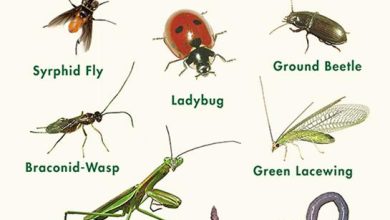
![Photo of Care of Geraniums: [Earth, Strengthening, Humidity and Pruning]](https://www.complete-gardening.com/wp-content/uploads/2022/08/care-of-geraniums-earth-strengthening-humidity-and-pruning-390x220.jpg)
